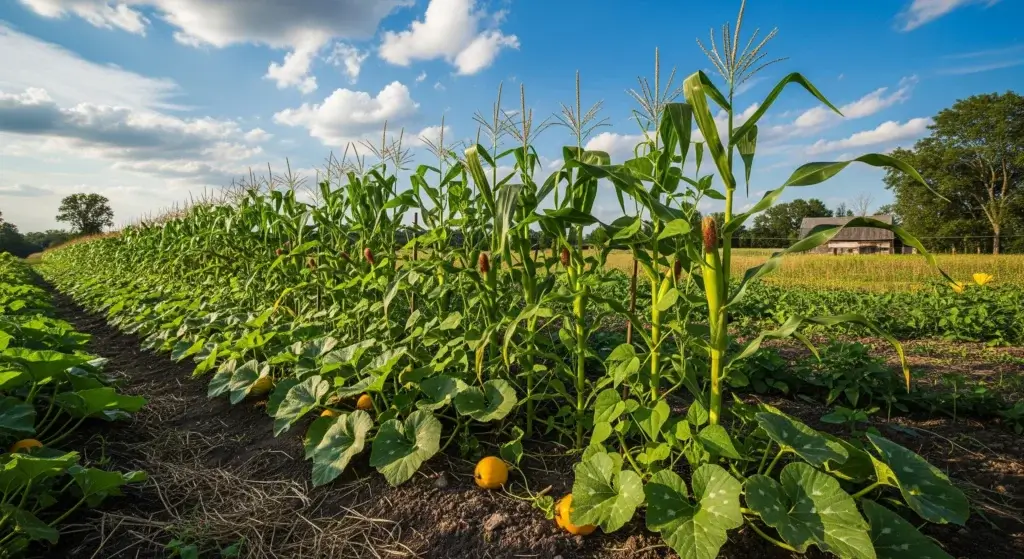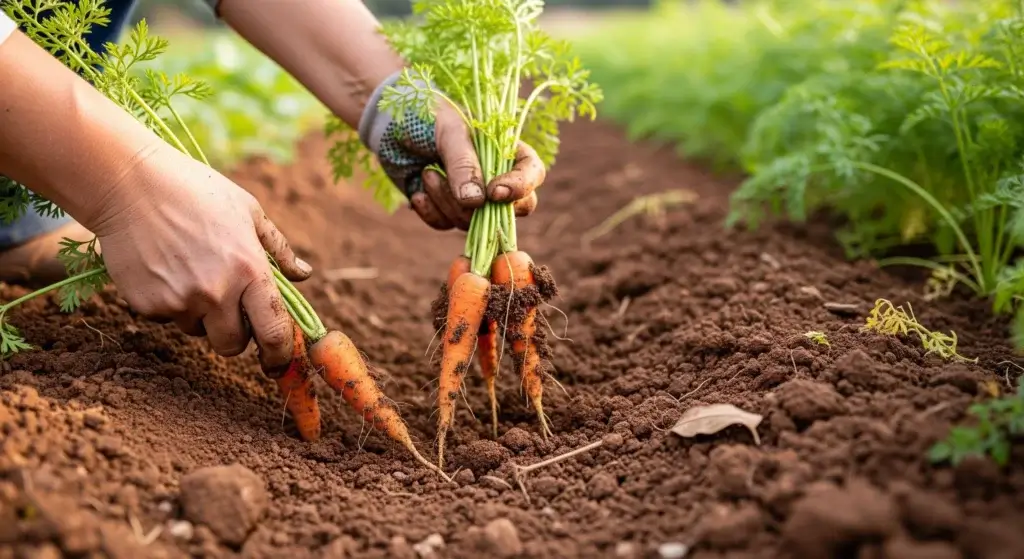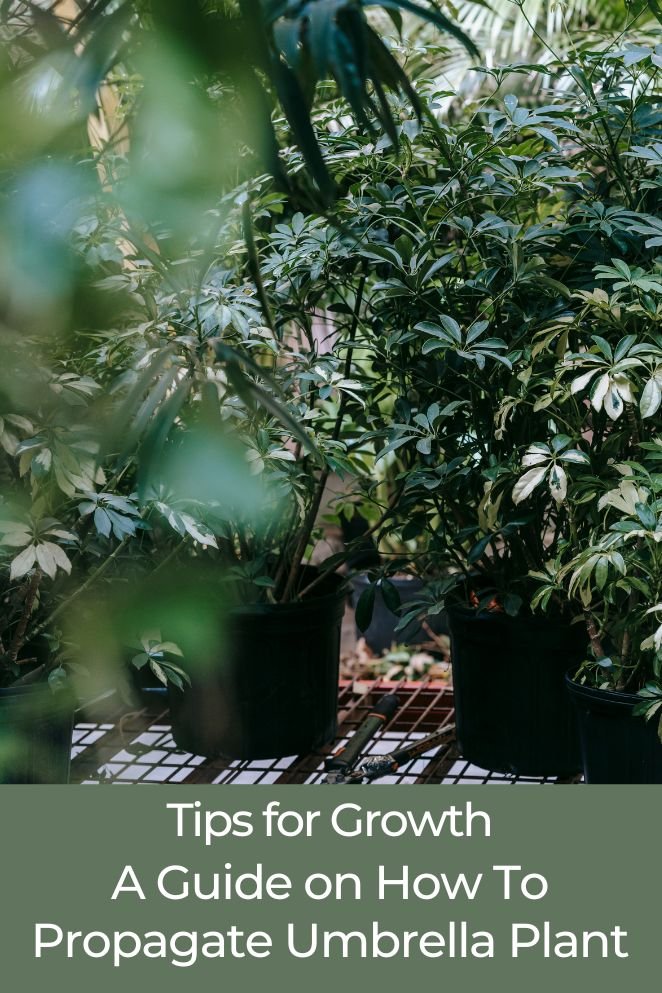
Umbrella plants, scientifically known as Schefflera arboricola, are popular indoor plants known for their lush green foliage and elegant shape.
Propagating umbrella plants is a rewarding experience for plant enthusiasts, as it allows them to grow new plants from their existing ones.
In this blog post, we will discuss the benefits of propagating umbrella plants, the various propagation methods, and the step-by-step processes involved.
Benefits of Propagating Umbrella Plants
The benefits of propagating umbrella plants extend far beyond mere practicality. These include:
Cost-effectiveness
Propagating umbrella plants allows you to grow new specimens from your existing ones, eliminating the need to purchase additional plants.
This cost-saving measure is particularly appealing for plant enthusiasts looking to expand their collection on a budget.
- Read also: How to Propagate Snake Plants in Water
- Read also: How To Propagate Spider Plant In Water
Personal satisfaction
Witnessing the growth and development of new plants from cuttings or offshoots of your existing umbrella plants can be incredibly rewarding.
There’s a tangible sense of accomplishment in nurturing new life and witnessing it thrive under your care.
Genetic diversity
By propagating umbrella plants, you contribute to the maintenance of genetic diversity within your collection.
Each new plant that emerges from propagation will possess unique characteristics, ensuring a diverse and vibrant assortment of specimens.
Air purification
Umbrella plants are renowned for their air-purifying properties, making them valuable additions to indoor spaces.
Propagating these plants not only enhances your indoor greenery but also helps improve air quality by filtering out harmful pollutants.
Stress reduction
Caring for propagated umbrella plants can have a calming and therapeutic effect on individuals.
Studies suggest that tending to houseplants can reduce stress levels and promote a sense of well-being, making them ideal companions for relaxation and mindfulness.
Symbolism
In certain cultures, the distinctive umbrella-shaped canopy of the umbrella plant holds symbolic significance.
It is often regarded as a protective shield against negative energies, symbolizing strength, resilience, and warding off adversity.
Feng Shui
The Dwarf Umbrella Tree, scientifically known as Schefflera arboricola, holds significance in Feng Shui practices.
Believed to convert negative vibrations into positive energy flows, incorporating this plant into your living space can promote harmony, balance, and positive energy circulation.

Propagation Methods for Umbrella Plants
Propagation by Stem Cuttings
Step-by-Step Process
Propagation by stem cuttings is a straightforward method to expand your umbrella plant collection.
Follow these step-by-step instructions to ensure successful propagation:
Select a healthy plant
Begin by choosing a healthy and mature umbrella plant with robust stems.
Look for plants with vibrant foliage and no signs of disease or pest infestation. Healthy plants are more likely to produce successful cuttings.
Take a cutting
Using a sharp and sterile cutting tool, carefully snip a stem section from the parent plant.
Ensure the cutting is at least a few inches long and includes at least one node – the point where leaves emerge from the stem.
Nodes are crucial as they contain dormant buds that will develop into new roots.
Prepare the cutting
Once you’ve obtained the cutting, remove any leaves from the lower portion of the stem.
This reduces moisture loss and prevents the leaves from rotting when buried in the soil.
Optionally, you can dip the cut end of the stem in rooting hormone powder or gel to stimulate root growth.
Plant the cutting
Prepare a small pot filled with well-draining potting mix.
Make a hole in the soil and insert the cutting, ensuring the node is buried beneath the soil surface. Gently firm the soil around the cutting to provide stability.
Maintain moisture
After planting, water the cutting thoroughly to settle the soil around it.
Maintain consistent moisture by watering regularly, but avoid overwatering, as excessive moisture can lead to rot.
To create a humid environment conducive to root development, consider covering the pot with a clear plastic bag or placing it in a humidity tray.
Monitor growth
Place the pot in a warm, bright location with indirect sunlight.
Monitor the cutting regularly for signs of growth, such as the emergence of new leaves or roots.
Be patient, as it may take several weeks for roots to develop and the cutting to establish itself.
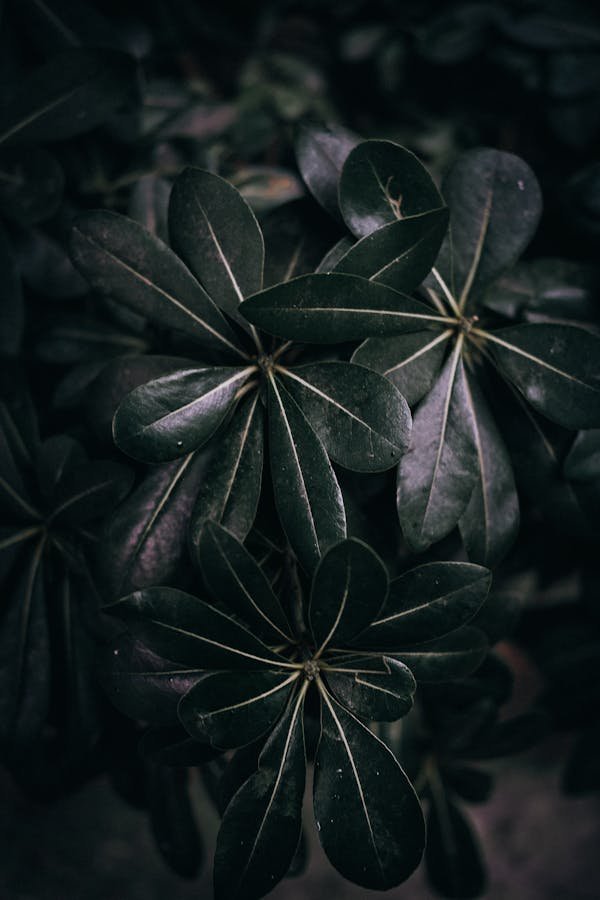
Propagation by Air Layering
Step-by-Step Process
Air layering is another effective method for propagating umbrella plants, especially when you want to create new plants from an established specimen.
Follow these step-by-step instructions for successful air layering:
Select a mature plant
Start by choosing a mature umbrella plant with a sturdy stem.
Select a healthy section of the stem where you want to encourage root growth.
Wrap the stem
Carefully wrap a section of the stem with damp sphagnum moss.
Ensure the moss covers the area where you want roots to form.
Once the moss is in place, wrap the entire area with plastic wrap to hold it in position.
Maintain moisture
It’s crucial to keep the moss consistently moist to encourage root development.
Check the moss regularly and water it as needed to ensure it remains damp.
Maintaining high humidity around the wrapped area can also aid in root formation.
Check for roots
After a few weeks, carefully unwrap the plastic wrap and moss to check for root growth.
Gently remove some of the moss to inspect the area where roots are expected to form.
Look for signs of white, healthy roots emerging from the stem.
Pot the new plant
Once roots have formed, carefully remove the new plant from the parent plant.
Use a clean, sharp knife to cut below the rooted section of the stem.
Pot the new plant in a small container filled with well-draining potting mix.
Ensure the roots are covered with soil and gently firm the mix around the base of the plant.
Provide care
After potting, place the new plant in a warm, brightly lit location with indirect sunlight.
Water the plant regularly to keep the soil moist but not waterlogged.
Monitor the new plant closely for signs of stress or dehydration during the acclimatization period.
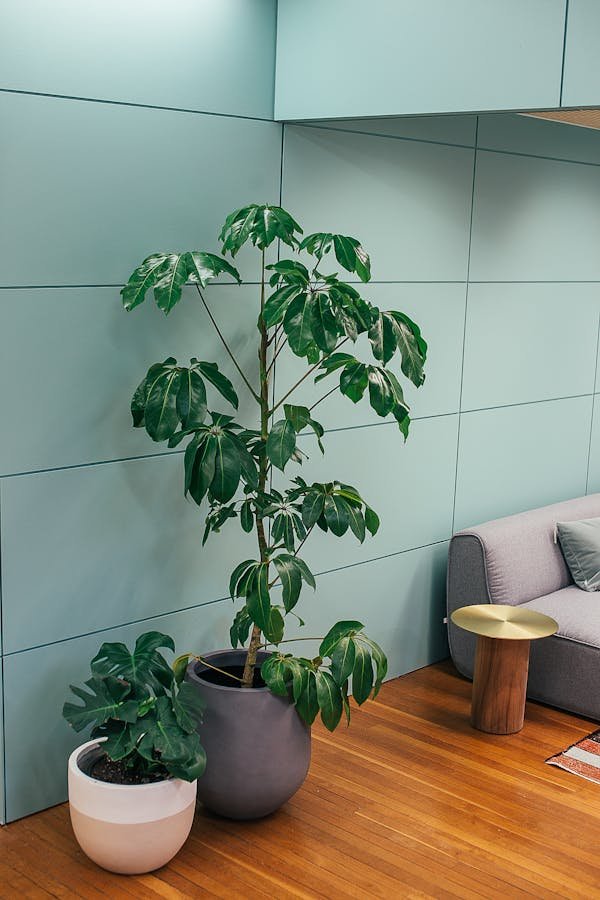
Caring for Your Propagations
Caring for your umbrella plant propagations is essential to ensure their healthy growth and development.
Follow these detailed steps to provide optimal care for your new plants:
Light
Place your umbrella plant propagations in a location with bright, indirect light.
Avoid direct sunlight, as it can scorch the delicate leaves.
A well-lit spot ensures that your plants receive the energy they need for photosynthesis and healthy growth.
Watering
Monitor the moisture levels of the soil in your propagations by checking the top inch.
Water your plants when the soil feels dry to the touch.
Ensure thorough watering, allowing water to drain freely from the bottom of the pot to prevent waterlogging, which can lead to root rot.
Humidity
Maintain high humidity levels around your propagations, especially during the initial stages after propagation.
You can increase humidity by misting the plants regularly or placing them on a tray filled with water and pebbles.
Alternatively, consider using a humidifier to create a humid microclimate.
Fertilization
Feed your umbrella plant propagations with a diluted, general-purpose liquid fertilizer once a month during the growing season.
Follow the manufacturer’s instructions for application rates and dilution ratios.
Fertilization provides essential nutrients that support healthy growth and vibrant foliage.
Pruning
Regular pruning helps to maintain the size and shape of your umbrella plant propagations.
Trim back any leggy or overgrown stems to encourage bushier growth and improve overall aesthetics.
Remove dead or yellowing leaves to promote air circulation and prevent disease.
Pest control
Monitor your propagations regularly for common pests such as spider mites, mealybugs, and scale insects.
If you notice any signs of infestation, such as webbing, sticky residue, or tiny insects, take immediate action.
Remove affected leaves or use organic insecticidal sprays to control the pests effectively.
Repotting
Repot your umbrella plant propagations every two to three years to refresh the soil and provide room for root growth.
Choose a pot slightly larger than the current one, using a standard peat-free houseplant compost.
Ensure proper drainage by adding a layer of gravel or perlite to the bottom of the pot before filling it with soil.
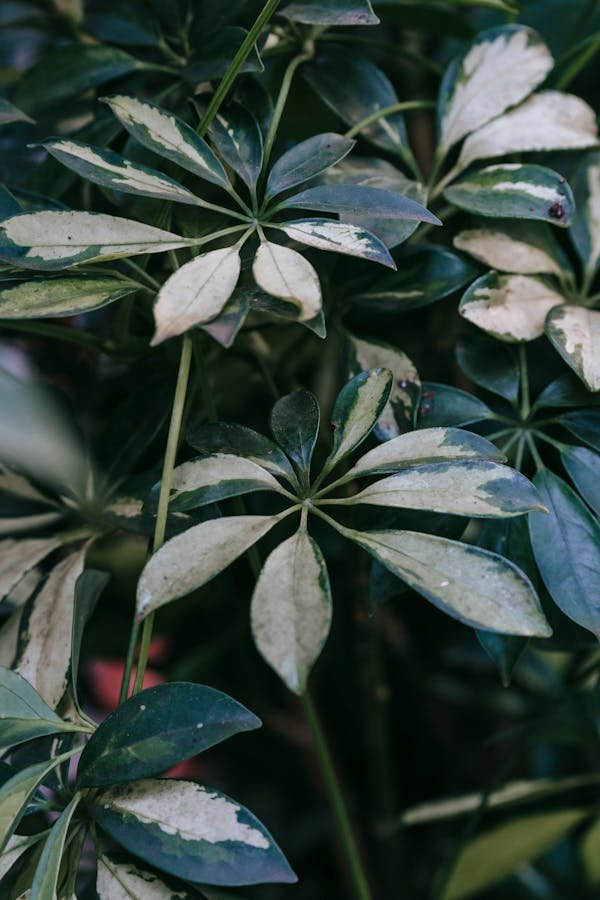
- Read also: How to Grow Gerberas: A Guide for Stunning Blooms
- Read also: How to Grow Daphnes: A Guide to Cultivating Beautiful Shrubs
Conclusion
Propagating umbrella plants is a rewarding experience for plant enthusiasts, as it allows them to grow new plants from their existing ones.
By understanding the various propagation methods and the step-by-step processes involved, you can successfully propagate umbrella plants and enjoy the benefits of a thriving indoor plant collection.

